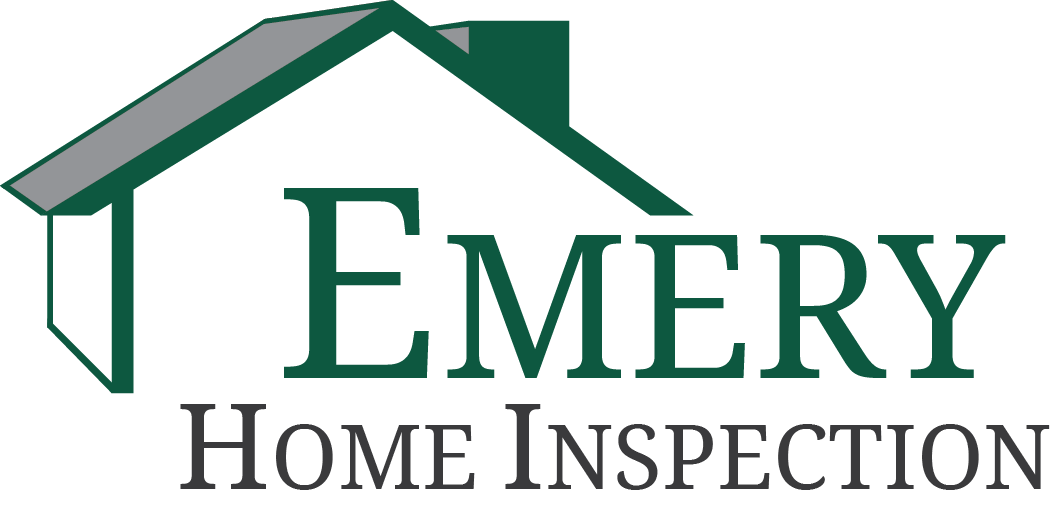Subterranean Termites
Subterranean termites are the most destructive insect pests of wood in the United States. They cause more than $2 billion in damage each year, more property damage than that caused by fire and windstorm combined. In nature, subterranean termites are beneficial. They break down many dead trees and other wood materials that would otherwise accumulate. The biomass of this breakdown process is recycled to the soil as humus.
Problems occur when termites attack the wooden elements of human structures — homes, businesses and warehouses. Their presence is not readily noticed because they hide their activity behind wallboards, siding or wood trim.
Damage
Dead trees and brush are the original food source of subterranean termites. When land is cleared of this material and houses are built on these sites, termites attack the structures. Termites can enter buildings through wood in direct contact with the soil, by building shelter tubes over or through foundations, or by entering directly through cracks or joints in and under foundations. Moisture is important to subterranean termites, which have very little resistance to dehydration. To survive, they must maintain contact with the soil (their primary moisture source) or other above-ground moisture sources, such as in structures with defective plumbing or guttering.
It is important to be able to distinguish between swarming termites and ants. They often swarm around the same time of year, but control measures for each differ greatly. The main differences are as follows:
Termites’ antennae are straight, whereas ants’ antennae have a distinctive elbow bend in them.
Termites’ bodies are not narrow in the middle, whereas ants’ bodies have a noticeable narrow joint.
Termites’ wings on the same side of the body are similar in size, shape, and pattern, whereas ants’ wings on the same side of the body are different in size, shape, and pattern.
The inspection
We are specially trained to know the basic construction elements, the environmental requirements for termite survival, and the behavior of subterranean termites. Our thorough inspections can determine whether signs of an infestation and damage are present, determine whether remedial control measures are needed, and inform you as to how you can best protect your home against a possible termite attack in the future.


